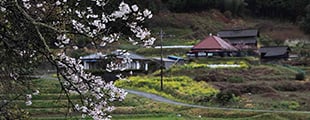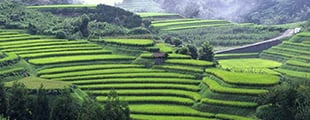The Birth of Japan and the Spread of Rice
It is believed that the cultivation of rice in paddies came to Japan about two millennia
and several hundred years ago. The rice from the continent set its roots in Kyushu first,
and then spread from west to east. Before the arrival of rice in Japan, people relied on the foods
they could find naturally.
With Japan being a mountainous country surrounded by the sea,
people would catch fish and shellfish, hunt animals, and gather fruits, nuts, berries,
and seeds. What did our ancestors make of rice paddies, which allowed them to cultivate rice
in the same place, every year, without the need to constantly move in search of daily sustenance?

Rice plants originated in the tropical regions of Asia, and evolved amid the rainy seasons
that drenched the soil particular to the tropics, as well as the dry seasons.
Japanese rice paddies are an agricultural civil engineering reconstruction of this climate.
Through a long process of trial and error,
our ancestors acquired the civil engineering techniques to manage
the water and obtain a fruitful harvest. One place where these techniques blossomed
is tanada terraced rice paddies, which were hewn into the inclines of mountains.
These ingenious constructions of stone walls and earthwork created boxes
that held in mountain water, which could then flow into every terraced rice paddy, one by one.
They were built amid prayers for a good rice harvest that would support the lives of the people
who lived there.

Over many years, terraced rice paddies were built in valleys to draw mountain water,
and normal rice paddies were built in flat areas to utilize river water.
The manifold efforts
that went into making rice were rewarded in the autumn with bountiful harvests. Our ancestors
continued to cultivate rice amid the changing seasons, praying for good harvests,
and gradually built up the culture of Japan that is centered around rice itself.







